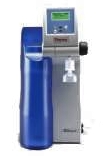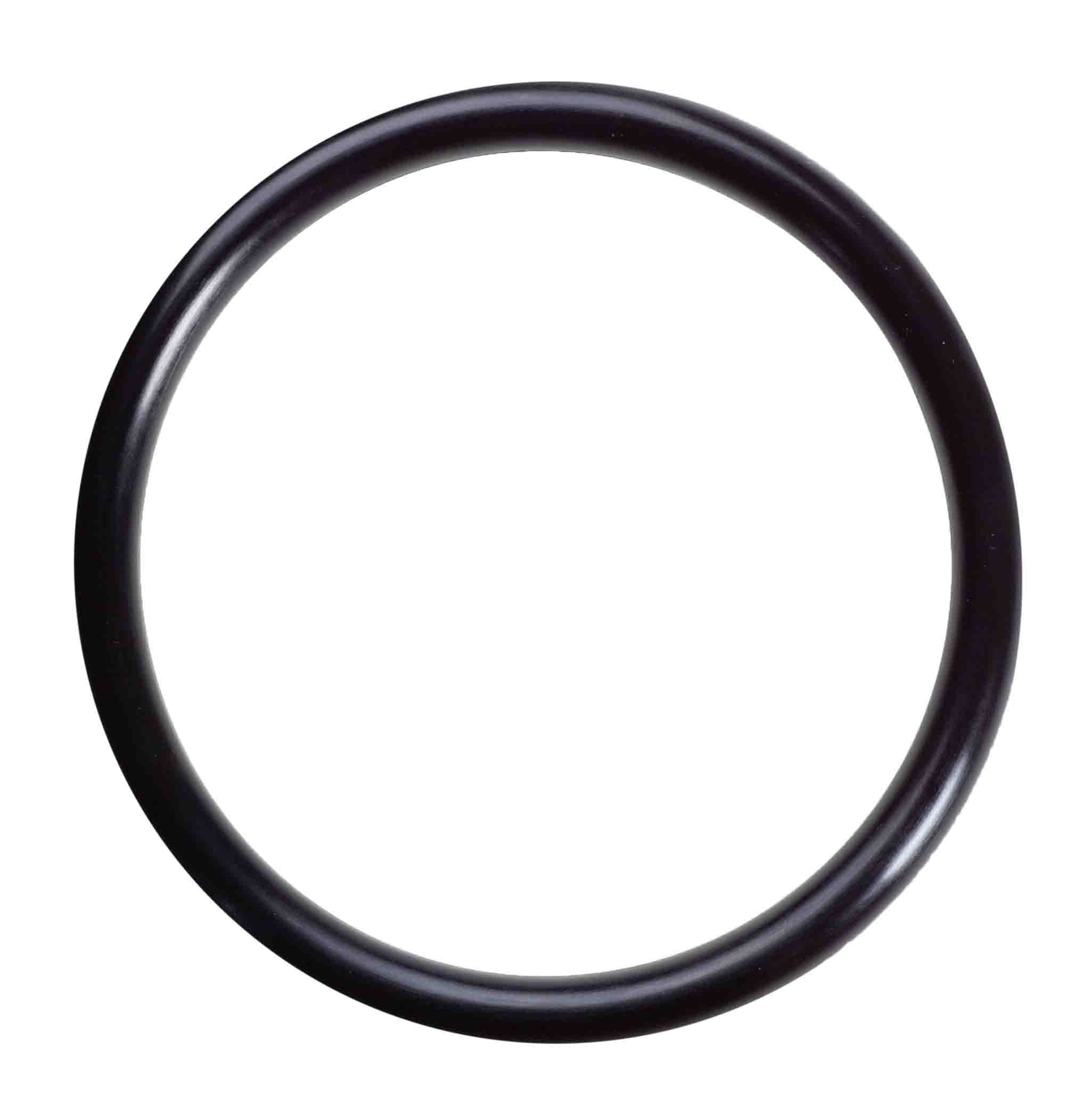 |
Add This simple device to your lab water system
to save $1000's a year on replacement lab water filters |
Campylobacter and Drinking Water from Private Wells
What is campylobacteriosis?
Campylobacteriosis (CAMP-eh-loe-back-tear-ee-O-sis) is an infectious disease caused by the bacteria Campylobacter.There are different species of Campylobacter, and Campylobacter jejuni is the species that causes most human illness.It is also the most common bacterial cause of diarrheal illness in the United States.Campylobacteriosis affects about 2 million people (1% of the population) every year.
How can I become infected with campylobacteriosis?
Most people get sick from handling or eating poultry meat that is raw or not cooked enough.One way this could happen is through cross-contamination.For example, if you cut poultry meat on a cutting board and then use the unwashed board or utensil to cut vegetables served raw, the bacteria from the raw meat on the board and utensils can easily spread to the vegetables.Large outbreaks of campylobacteriosis are often related to drinking unpasteurized milk or contaminated water.
You can also get sick from coming in contact with the infected feces of a sick animal.While the germ is not usually spread from person to person, an infected person having severe diarrhea can spread the germs to you through contact.
Where and how does Campylobacter get into drinking water?
Campylobacter is found in every part of the United States and throughout the world.Millions of germs can be released in a bowel movement from an infected person or animal.Campylobacter may be found in water sources such as private wells that have been contaminated with feces from infected people or animals.Human or animal waste can enter the water in many different ways (i.e., sewage overflows, polluted storm water runoff, and agricultural runoff).Campylobacteriosis occurs much more often in the summer than in the winter.
What are the symptoms of campylobacteriosis?
The most common symptoms of campylobacteriosis include:
Diarrhea
Cramps
Stomach pain
Fever
These symptoms begin in 2 to 5 days after exposure to the germ, and the illness usually lasts a week.The diarrhea may be bloody and can be accompanied by nausea and vomiting.Some persons who are infected with Campylobacter will have no symptoms at all.In persons with weak immune systems, Campylobacter sometimes spreads to the blood and causes a serious life-threatening infection.
What should I do if I think I have campylobacteriosis?
See your health care provider to discuss your concerns.
How is a campylobacteriosis infection diagnosed?
Laboratory tests can be used to determine if Campylobacter is making you sick. However, these tests are sometimes not done unless the laboratory is instructed specifically to look for the germ.
What is the treatment for campylobacteriosis?
Almost everyone infected with Campylobacter will recover without any specific treatment.Infected persons should drink a lot of fluids as long as the diarrhea lasts.In more serious cases, antibiotics may shorten the length of symptoms if they are given early.Your health care provider can tell you whether antibiotics are necessary.
How do I remove Campylobacter from my drinking water?
Heating water at a full boil for 1 minute (3 minutes if you live in a high altitude) will kill Campylobacter.Boiled water should be stored in a clean container with a lid and refrigerated.Currently, there is no filter certified to remove the germ from water, and the issue is being studied.
You may also disinfect your well; contact your local health department for recommended procedures.Remember to have your well water tested periodically after disinfection to make sure the problem does not recur.
Revised Summer 2003
http://www.cdc.gov/ncidod/dpd/healthywater/factsheets/campylobacter.htm
|

Images are representative of the products. Images may or may not be of the actual product. If it is important e-mail us for an actual image if available.
* Flat Rate UPS shipping when able to ship via UPS and is in the USA excluding Hawaii and Alaska.
Larger Items may not be able to ship via UPS, in that case freight charges will be quoted seperately.
International shipping will be quoted after the order is placed. You will have the opportunity to cancel before we finalize your order.
Terms and conditions
Credit Application
Privacy
Policy
Google Apps
List All Products
|













